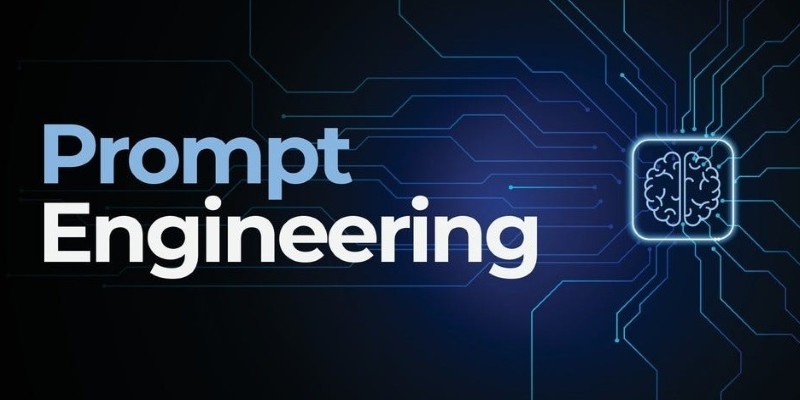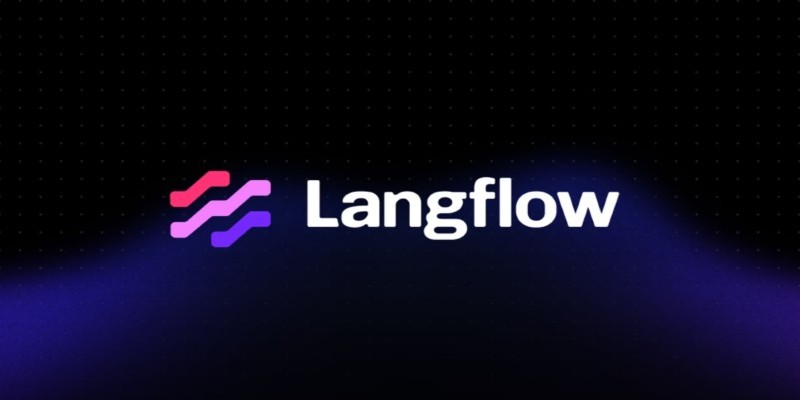Advertisement
People are getting used to speaking to computers in plain language, and the responses are starting to feel surprisingly natural. This shift comes from large language models — and behind the scenes, prompt engineering is what makes them work well. It’s not about coding or writing algorithms.
It's about giving instructions in a way the AI understands. Ask it something vague, and you’ll likely get a vague answer. Be clear, and it usually follows through. Prompt engineering helps shape that clarity. It’s the difference between just using AI and actually getting something useful from it.
Prompt engineering means crafting instructions — or prompts — that guide an AI model to respond in a specific way. When you ask ChatGPT or a similar tool to do something, the way you phrase your request has a big effect on the result. It’s like giving directions: a well-worded prompt makes it easier for the AI to understand what you mean.
This isn't about using long prompts or technical terms. It's about clarity, intent, and structure. For example, asking "Summarize this for a third-grade audience" is more likely to give a simple, kid-friendly version than just saying "Summarize this." Small changes in how you ask to lead to very different outcomes.
Prompt engineering includes tone, formatting, level of detail, and even things like guiding the model's style. Over time, people who work with these tools become more proficient in this area. But even beginners can start to see improvements with a few thoughtful changes. It's less about memorizing rules and more about learning what gets good results.
Prompt engineering plays a big role in making AI tools actually useful. Large language models don’t think like people do — they predict text based on patterns, not understanding. So, how something is phrased heavily affects how the model replies.

In real-world situations, this matters more than it seems. A customer service tool might need a formal tone. A teaching assistant might need to explain clearly and briefly. A researcher might need sources and references. The prompt is what guides the AI to do all this — or miss the mark.
Well-crafted prompts can reduce mistakes. Language models sometimes guess when they don't know something. A focused prompt, such as "Answer using only facts you're confident in," can help reduce that. Similarly, adding limits like "Reply in three sentences" or "Use plain English" provides the model with clear guidelines to follow.
This is also how people personalize their AI experience. Some want more creative ideas. Others want reliable summaries. Some want to mimic a brand’s voice. All of that starts with how you phrase your request. Prompt engineering becomes a way to shape and control the AI’s output, even when you don’t have access to technical settings.
There are several ways people build stronger prompts. One common approach is giving the model a role, such as “You are a tech reviewer” or “Act like a friendly teacher.” That simple framing shifts how the model writes — it adjusts tone and content.
Examples also help. If you want it to format something a certain way or follow a pattern, showing a few examples can make the result more consistent. This is often called few-shot prompting. Even just one example can be enough to guide the output.
Another technique is breaking down tasks. Instead of asking for everything in one step, people often split prompts into parts. For example, “Write an outline,” then “Expand each section.” This often leads to better, more focused responses.
Prompt design can even manage how creative or safe the result is. You don’t need to adjust settings like temperature — just phrasing your request can influence it. “Give me bold, original ideas” vs. “Give me the most common approaches” will usually lead to very different responses.
There’s no perfect formula, but some patterns work better than others. Over time, prompt engineering is becoming more structured — almost like writing instructions for a task you want someone to do well.
As AI tools become more common, prompt engineering is turning into a practical skill used across different roles. Writers, developers, marketers, researchers — many of them now rely on good prompts to get the results they need. It's no longer a niche area; it's now part of daily work.

Some platforms are even starting to offer prompt libraries or templates to help users write better inputs. These resources reduce guesswork and make it easier for people who are new to AI. There's also interest in tools that generate or improve prompts automatically based on your task.
At the same time, researchers are working to make models that are more flexible and responsive, even with less detailed instructions. That could reduce the need for prompt engineering in the future, but for now, writing strong prompts remains one of the most effective ways to achieve better AI results.
It’s not just a technical trick. It’s about learning how to express your needs in a way the model can understand — a form of communication that’s becoming more valuable as AI continues to grow.
Prompt engineering is the quiet skill behind many good AI responses. It doesn’t involve code or complex settings — it’s about knowing how to phrase requests clearly, directly, and with enough detail. Whether someone wants to write faster, teach better, or make smarter decisions, the quality of the prompt shapes the output. This approach is becoming more common as AI tools spread across work and daily life. Learning how to communicate with machines this way doesn’t require a technical background — just a bit of practice and attention to how questions are asked. And that makes it a skill anyone can develop.
Advertisement

What prompt engineering is, why it matters, and how to write effective AI prompts to get clear, accurate, and useful responses from language models

Not sure how to trust a language model? Learn how to evaluate LLMs for accuracy, reasoning, and task performance—without falling for the hype

Discover how 9 big tech firms are boldly shaping generative AI trends, innovative tools, and the latest industry news.

LangFlow is a user-friendly interface built on LangChain that lets you create language model applications visually. Reduce development time and test ideas easily with drag-and-drop workflows

Discover how an AI platform is transforming newborn eye screening by improving accuracy, reducing costs, and saving live

Explore how Nvidia's generative AI suite revolutionizes the Omniverse, enhancing 3D simulations, automation, and efficiency

Can machines truly think like us? Discover how Artificial General Intelligence aims to go beyond narrow AI to learn, reason, and adapt like a human

Learn how AI innovations in the Microsoft Cloud are transforming manufacturing processes, quality, and productivity.

How AI Policy @Hugging Face: Open ML Considerations in the EU AI Act sheds light on open-source responsibilities, developer rights, and the balance between regulation and innovation

Learn the top 5 strategies to implement AI at scale in 2025 and drive real business growth with more innovative technology.

AI tools for solo businesses, best AI tools 2025, AI for small business, one-person business tools, AI productivity tools

Learn how AI is being used by Microsoft Dynamics 365 Copilot to improve customer service, increase productivity, and revolutionize manufacturing support.